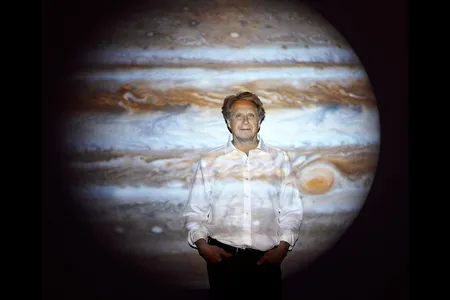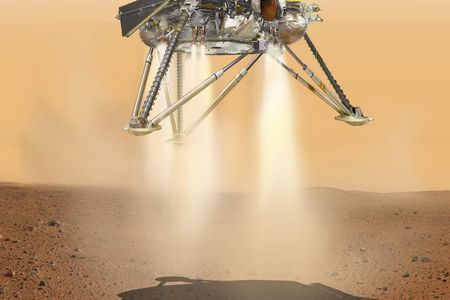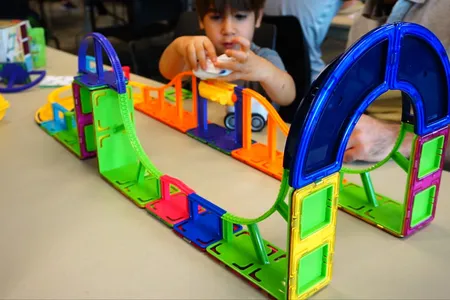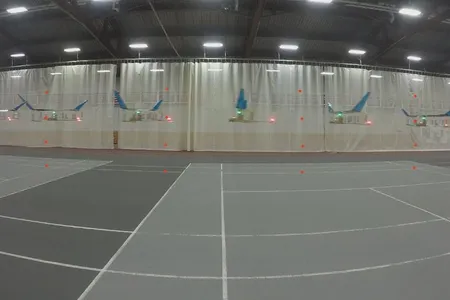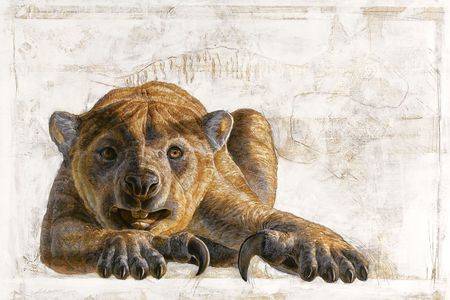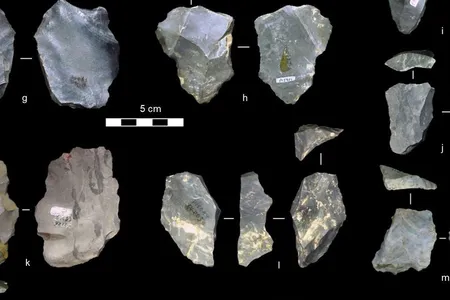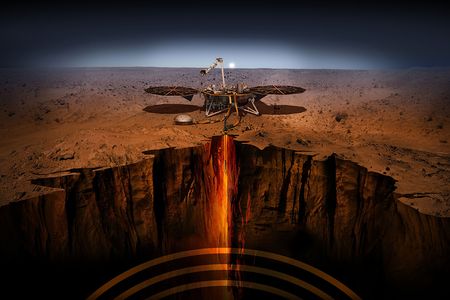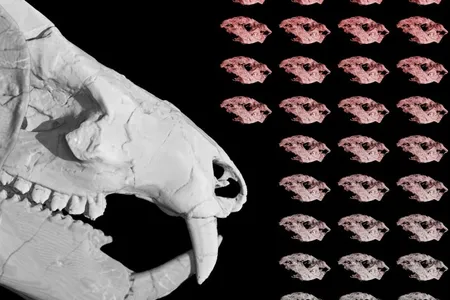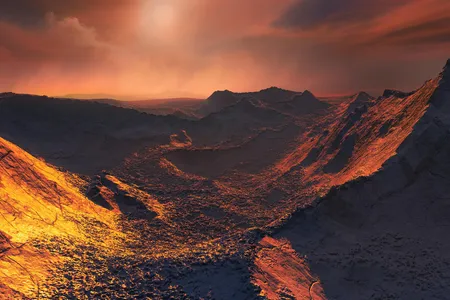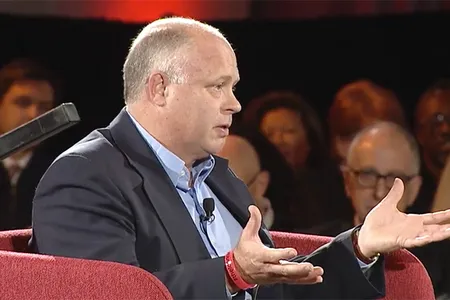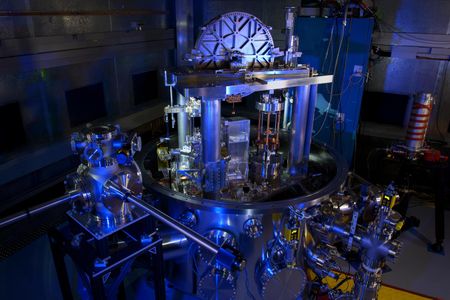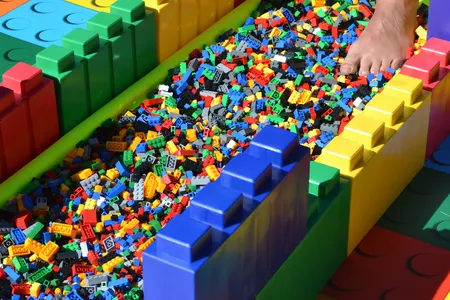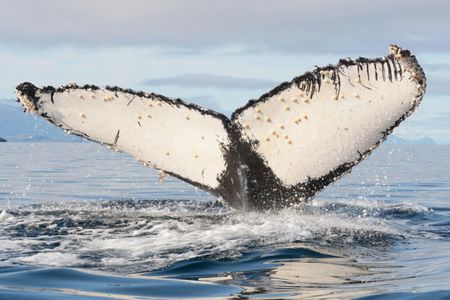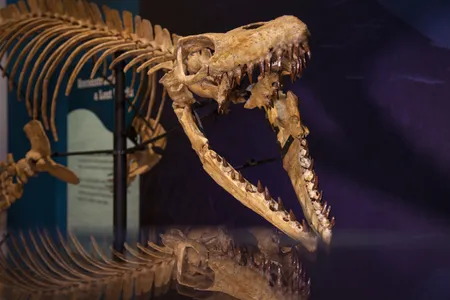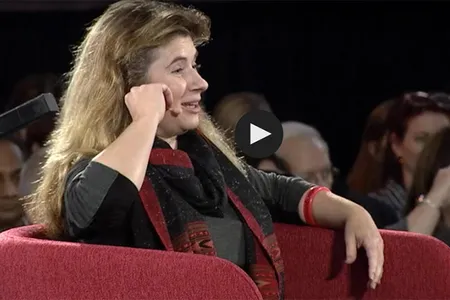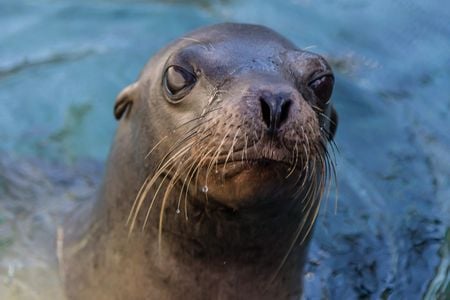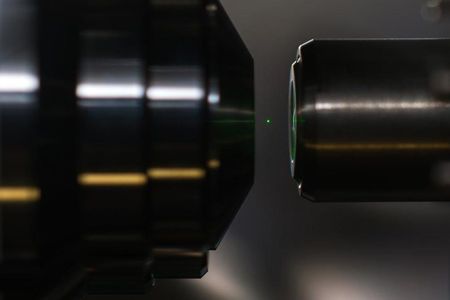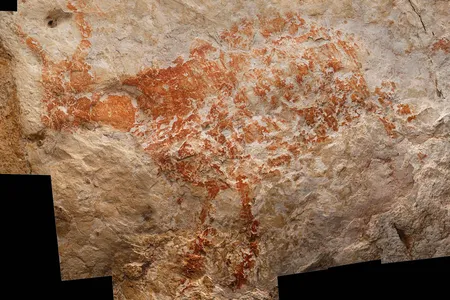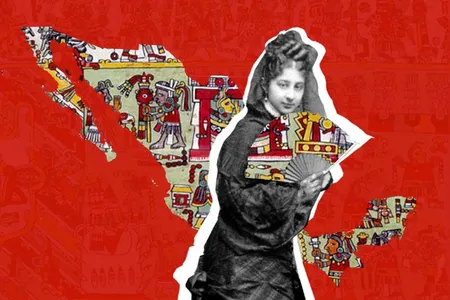2018 Smithsonian Ingenuity Awards
Meet Scott Bolton, the Visionary Behind the NASA Mission to Jupiter
The Juno project will take on the mysteries of the gas giant that may in turn help us understand our own planet’s origins
Watch NASA Land the InSight Spacecraft on Mars
The InSight lander has successfully touched down on Mars
The Ten Best STEM Toys to Give as Gifts This Year
Experts and kids of all ages recommend these tech toys, which inspire year-round curiosity
MIT Flies Model Airplane Powered by the Blue Glow of Electric Fields and Ionic Winds
The model plane, with no moving parts, could pave the way for new flight technology that emits no pollutants
How a Changing Climate May Have Killed Off the Marsupial Lion
The fearsome predator, related to koalas and wombats, ruled the wilds of Australia until the loss of its habitat helped drive it to extinction
A Fresh Look at These Stone Tools Reveals a New Chapter of Ancient Chinese History
Archaeologists thought these ancient tools, 80,000 years old at least, were brought to China by migrants—but now it appears they were invented locally
NASA Will Attempt Its Eighth Mars Landing on Monday
Touching down on the surface of the Red Planet is one of the most difficult engineering challenges ever attempted, and InSight is about to give it a go
Weasel-Like Fossils Reveal Evolutionary Clues of the First Mammals
A protomammal known as Kayentatherium was discovered with 38 babies in 185-million-year-old rock
Fantastic Things We Learned This Year About Fantastic Beasts of the Real World
The second iteration of the “Fantastic Beasts” movie series comes out this week, but why wait for the movie when you can get a glimpse of the real thing?
Astronomers Discover Second-Closest Known Exoplanet
The planet, a frozen Super-Earth, orbits Bernard’s Star about six light-years away
AOL Co-Founder Steve Case Talks With Smithsonian Geologist John Grant About the Search for Life on Mars
In the near future, we are going to know if life exists elsewhere in the universe
Scientists Are About to Redefine the Kilogram and Shake Up Our System of Measures
After more than 100 years of defining the kilogram according to a metal artifact, humanity is preparing to change the unit based on a constant of nature
Why Walking on Legos Hurts More Than Walking on Fire or Ice
Everything you wanted to know about the science and history of stomping on the toy blocks
With Humans Out of the Way, Humpbacks Are Flourishing—But So Are Orcas
Researchers are just now beginning to understand what happens when one whale species attacks another
Prehistoric Angolan “Sea Monsters” Take Up Residence at the Natural History Museum
The new fossil exhibition spotlights the majestic marine predators that swept into the South Atlantic shortly after it formed
Astrophysicist Michelle Thaller on Understanding Our Place in the Universe
Autodesk vice president Brian Mathews talks with the NASA science communicator about the search for life on other planets and why it’s important
Major Disease Outbreak Strikes California Sea Lions
Leptospirosis afflicts sea lions on a semi-regular cycle, but warming waters and migrating fish could make the marine mammals more susceptible
Optical Tweezers Give Scientists a Tool to Test the Laws of Quantum Mechanics
Quantum superposition is one of the great mysteries of physics—a mass existing in two states at once—and scientists hope to probe the phenomenon
World’s Oldest Known Figurative Paintings Discovered in Borneo Cave
Dated to at least 40,000 years old, the depiction of a cattle-like animal has striking similarities to ancient rock art found in other parts of the world
The Archaeologist Who Helped Mexico Find Glory in Its Indigenous Past
Disrupting a stereotype of Mesoamerican savagery, Zelia Nuttall brought the ingenuity of Aztec civilization to the fore
Page 108 of 451
